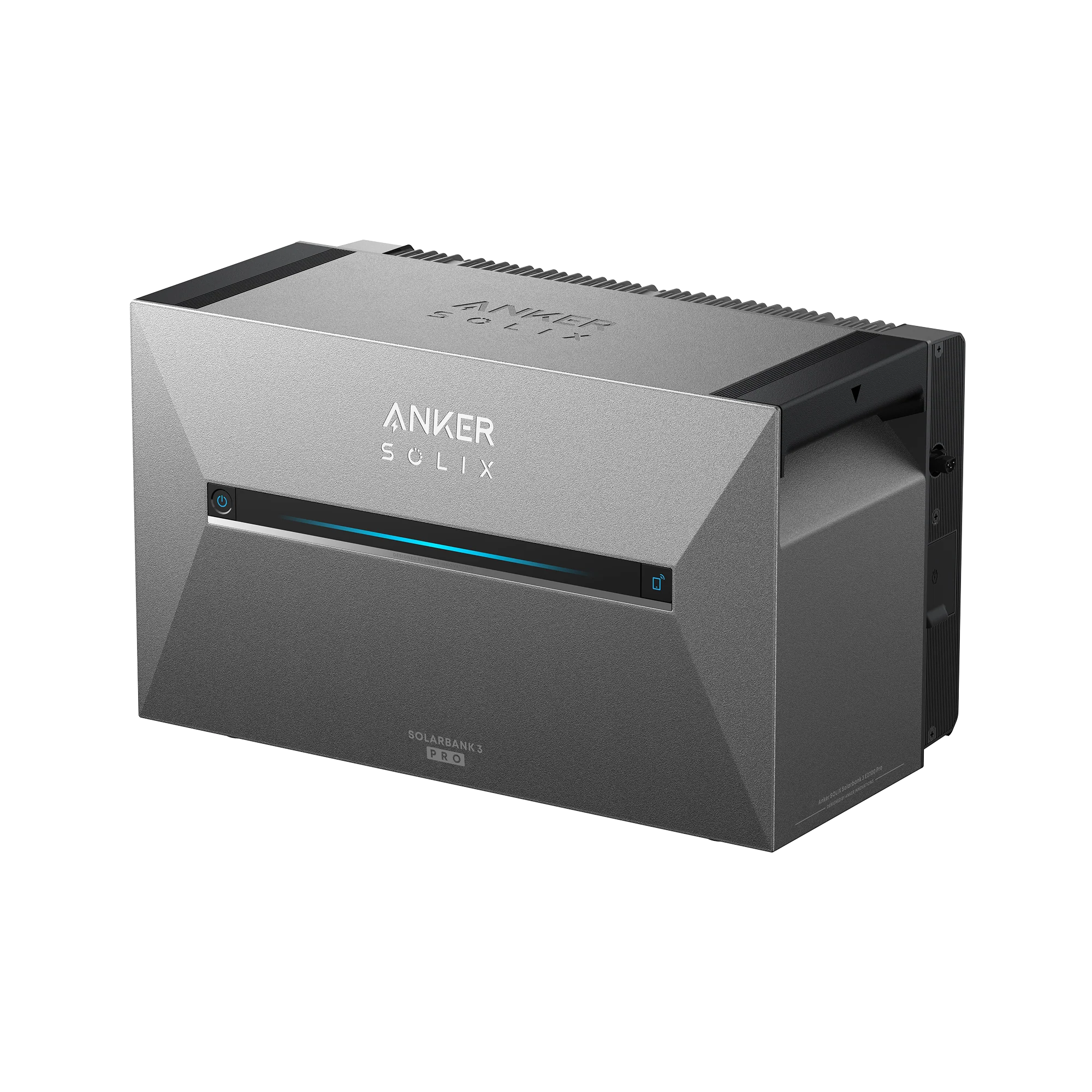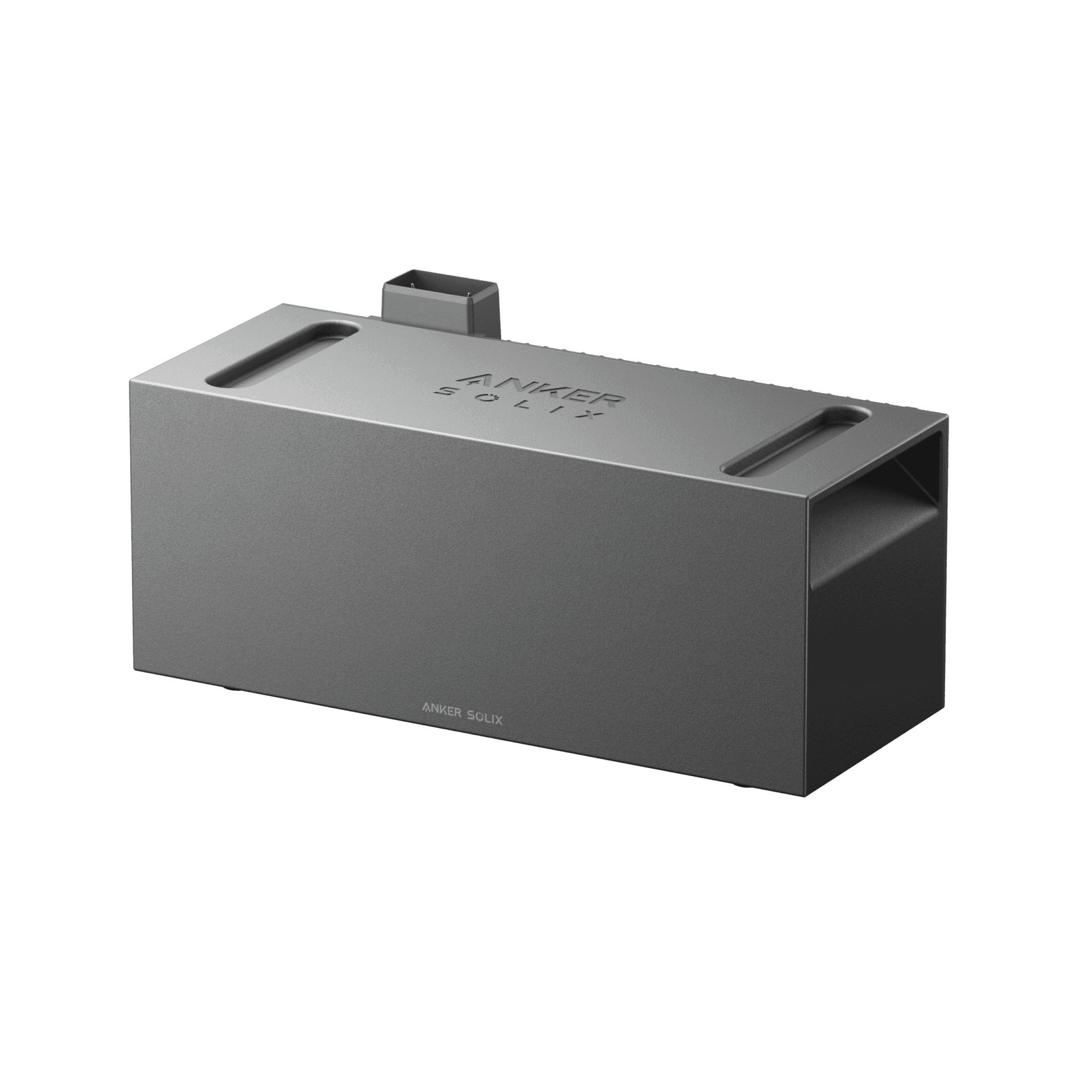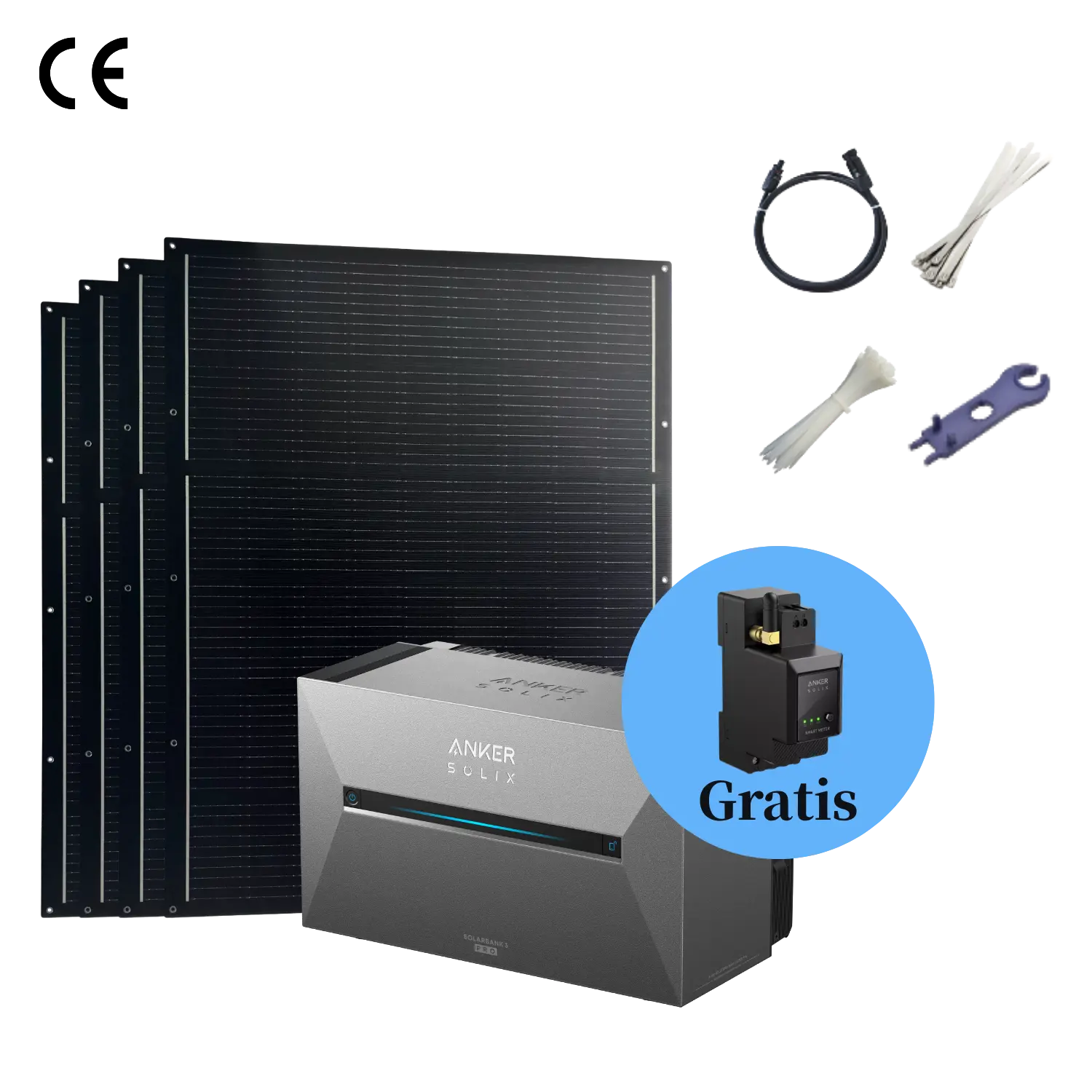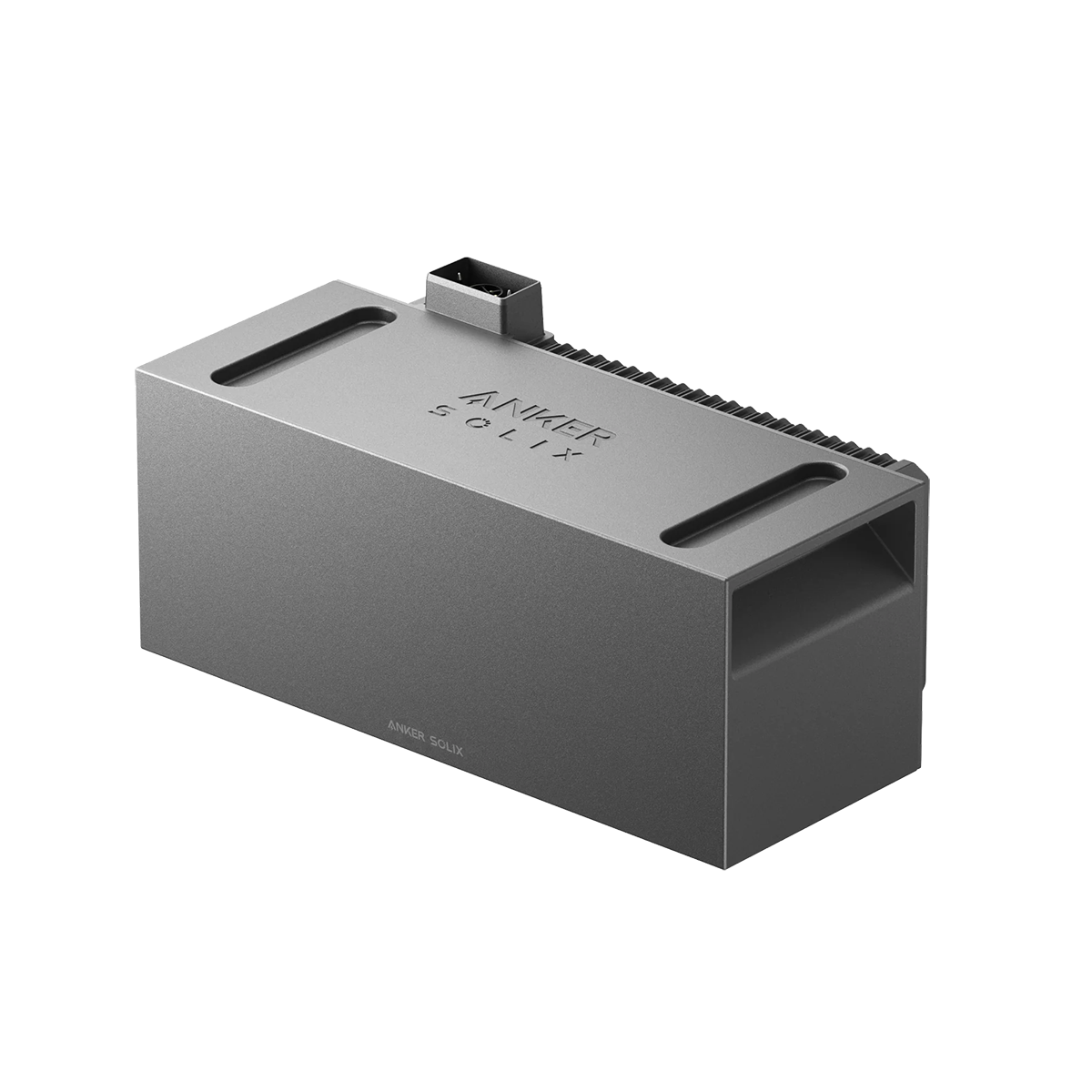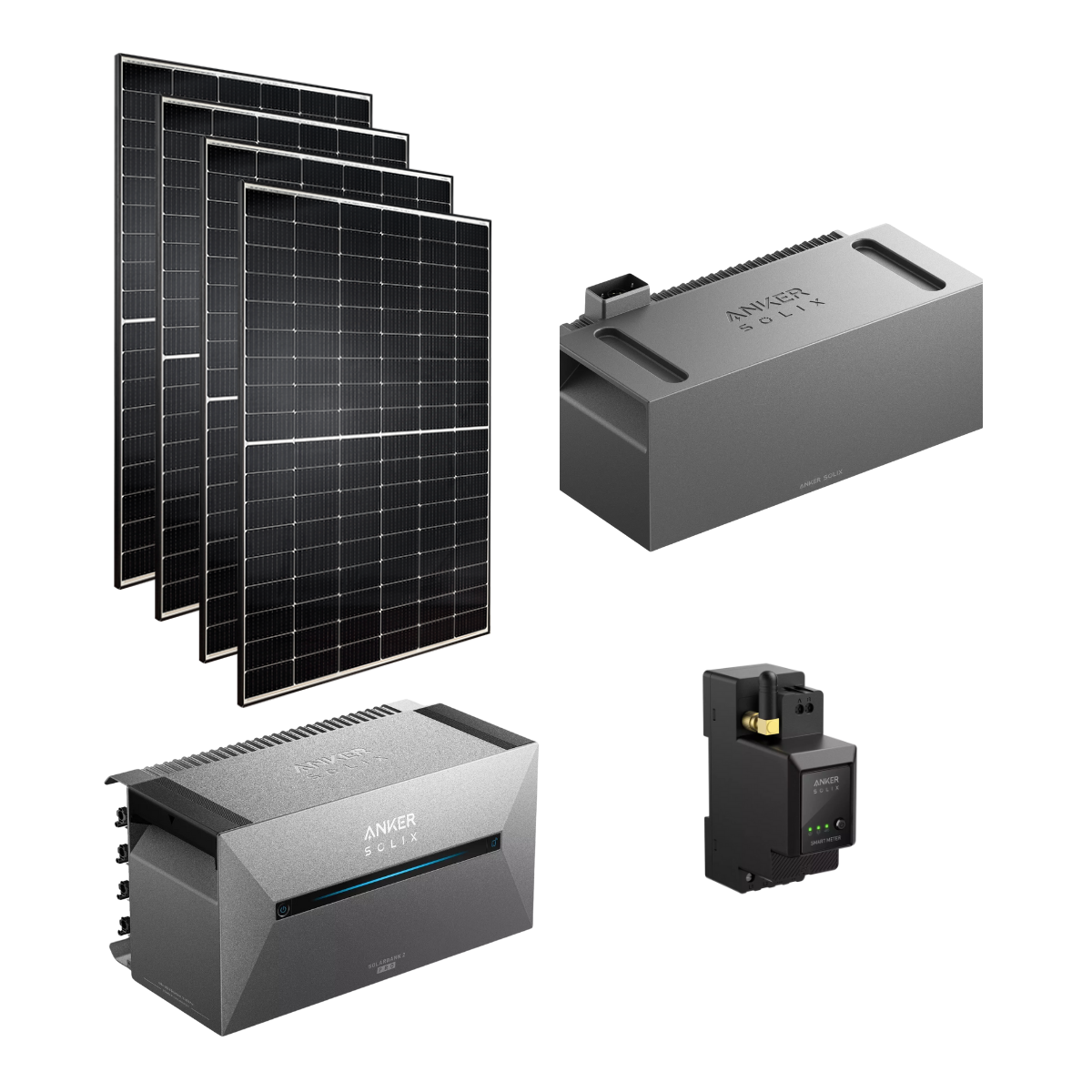Today, PV modules usually have bypass diodes. These ensure higher efficiency in the presence of shading and dirt. They are also important for the efficiency and longevity of PV modules. Learn all about bypass diodes here.
First things first
What is that?
A bypass diode protects solar cells from damage caused by partial shading by redirecting current flow.
Disadvantages of bypass diodes
Bypass diodes are not a solution for permanent and regular shading.
How many bypass diodes?
A solar module typically has three bypass diodes. However, some models also have two, four, or six diodes.
What alternatives?
If there is permanent shading, you should use power optimizers or module inverters.
What is a bypass diode?
The bypass diode is an important component in PV modules and serves as protective measureIt redirects the current flow around areas of lower power, ensuring that defective or unexposed solar cells do not affect the module's overall power production.
Do all PV modules have bypass diodes?
Today, most solar modules have bypass diodes as standard. Schottky diodes were previously used for this purpose. However, these are not as efficient for use in PV modules.
Can bypass diodes retrofit?
In principle, you can retrofit bypass diodes, but doing so may void the warranty on your PV modules. If you insist, hire an experienced solar installer.
Compare photovoltaic offers now and save 30%!
Take 60 seconds and fill out a short form. We will connect you with up to five verified specialist companies in your region. The comparison is free and non-binding.
What is the function of a bypass diode?
The bypass diode bridges areas in the PV module that aren't generating power due to shading or contamination. This prevents overheating and defects in the solar module, as well as performance losses.
Reduction of shading losses
Typically, three bypass diodes are used per PV module, dividing it into three sections. If part of the solar module is shaded or dirty, the current flow is redirected. This reduces the Shading losses significantly, as the following figure shows.
How exactly does this process work?
At all solar cells A positive voltage is applied to minimize shading losses. If a cell is shaded, a negative voltage is generated. This causes the bypass diode to redirect the current flow. This allows the remaining cells to conduct their full current. As soon as the current drawn from the PV module is low enough, the bypass diode switches off.
Avoiding hotspots
By diverting the current flow, no overvoltages occur on the solar cells. Thus, the blocking diodes prevent the formation of so-called HotspotsThese occur when the affected cells experience an increase in internal resistance. This leads to a concentration of current in a few cells, resulting in overheating and possible melting.
How does a bypass diode work?
During normal operation, the blocking diodes are polarized in the opposite direction. This means that the bypass diodes remain inactive if there are no problems in the module string. It is important that the individual solar cells are not bridged during normal operation. Otherwise, yield reductions occur. Bypass diodes are only activated if a problem occurs. activation occurs automatically due to the high voltage levels.
Wenn eine Solarzelle beschattet wird oder ihre Leistung abnimmt, können die Elektronen nicht effizient hindurchfließen. Dadurch entsteht ein „Elektronenstau“ und die Tension increases. As soon as the voltage or current becomes too high, the bypass diode switches on. The current is then redirected through the blocking diode instead of through the solar cell.
How many bypass diodes does a solar module have?
Most solar modules have three bypass diodes, in rare cases two, four, or six. These cannot bridge individual solar cells, but combine several cells. While they increase power output when cells fail, they cannot completely compensate for operational disruptions.
What happens if a bypass diode is defective?
If a bypass diode in a PV module is defective, one of the module's three strings shuts down. This reduces the module's power by one-third. Decline in earnings can be observed in the yield curve of a string with good irradiation conditions when multiple modules are affected. However, it is difficult to detect a defect across the entire PV system.
For this reason, a regular maintenance Important for solar systems. This test involves feeding current backward to test the PV system. A current is applied in the dark and checked to see if individual solar cells heat up. If this occurs, the bypass diode is not functioning. This indicates a defect that requires replacement of the diode.
Can a broken bypass diode be replaced?
Defective bypass diodes can be replaced. Replacing or repairing a bypass diode in a PV system requires technical expertise, skill, and the use of specialized tools. For insurance and safety reasons, you should leave this task to a professional solar installer.
What are the limitations of bypass diodes and what are the alternatives?
Bypass diodes are only intended for temporary shading, such as cloud cover. For permanent shading, you will need either a power optimizer, a multi-string inverter, or a micro inverter. The inverters should have an MPP tracker.
- Power optimizers use a DC/DC converter to adjust the operating points of solar modules and maximize their energy production. This is achieved by continuously varying the power relative to the input power.
- With a Multistring inverter You can divide the PV system into two (or more, depending on the number of inputs) zones. This way, the shaded part of the system does not affect the performance of the unshaded area.
- If only individual modules are shaded, you can use a module inverter. This isolates the shaded module from the PV system, preventing it from affecting the system's performance.

